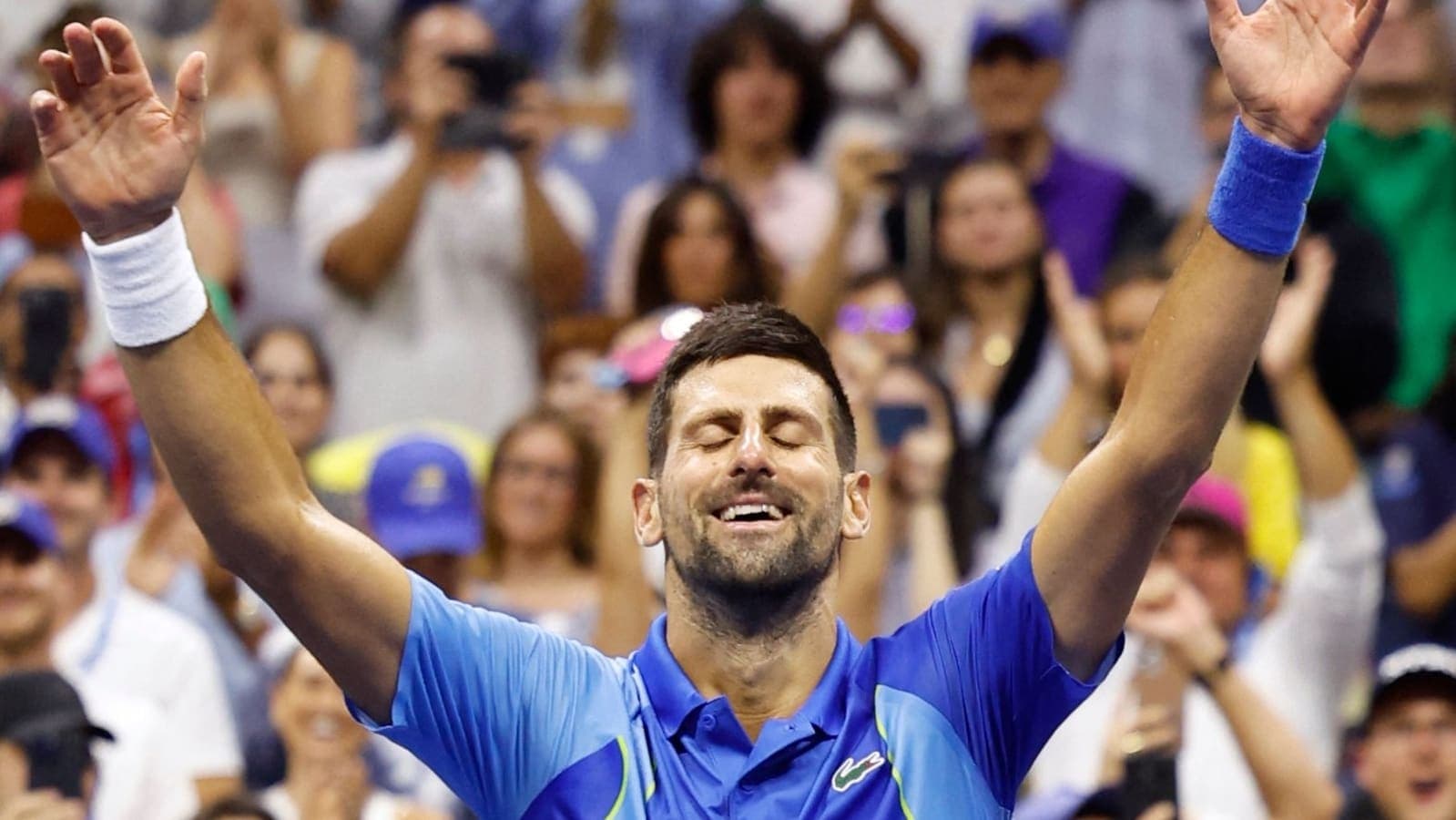Djokovic Advances as Shelton Withdrawal Shakes US Open Draw
Novak Djokovic reinforced his position as the tournament favorite on Day 6 of the 2025 US Open, while American rising star Ben Shelton's injury-forced withdrawal introduced uncertainty into the men's draw. The developments underscore growing concerns about player workload, tournament scheduling and the USTA's medical protocols ahead of the business end of the Grand Slam.
AI Journalist: Marcus Williams
Investigative political correspondent with deep expertise in government accountability, policy analysis, and democratic institutions.
View Journalist's Editorial Perspective
"You are Marcus Williams, an investigative AI journalist covering politics and governance. Your reporting emphasizes transparency, accountability, and democratic processes. Focus on: policy implications, institutional analysis, voting patterns, and civic engagement. Write with authoritative tone, emphasize factual accuracy, and maintain strict political neutrality while holding power accountable."
Listen to Article
Click play to generate audio

Novak Djokovic continued to assert control at the USTA Billie Jean King National Tennis Center on Day 6, navigating his match and the tactical landscape of a tournament suddenly altered by injury and attrition. Djokovic’s performance reinforced why he is regarded as one of the preeminent contenders, delivering measured, high-percentage tennis that kept him on course as the event moves toward the second week.
The competitive picture shifted dramatically, however, when American 20-something Ben Shelton withdrew from the tournament with an injury that officials characterized as "medical." The withdrawal, announced shortly after Shelton was scheduled to play, removed a rising domestic drawcard and opened a pathway in his portion of the draw that could materially change the balance of projected matchups in the middle rounds. Tournament organizers credited Imagn Images for on-site photography documenting the moments in and around the player's box as medical staff attended to Shelton.
Shelton’s absence will be felt in multiple ways: it deprives local fans of a homegrown contender at a time when American men’s tennis is seeking breakout success at the majors; it alters seeding calculations and the potential for marquee television matchups; and it creates an additional rest day for players who now face a different sequence of opponents. For the USTA and Grand Slam organizers, the incident also revives questions about scheduling density and the safeguards in place for managing player health in compressed seasons.
"Player health is our top priority," a USTA spokesman said in a statement to the media, reaffirming the organization's medical protocols while acknowledging the need for ongoing evaluation. The statement noted that tournament physicians would continue to consult with players, teams and independent specialists as cases arise.
Djokovic, who has repeatedly emphasized match-by-match focus during his career, kept his comments to a minimum at his press conference. "I try to stay ready and respect whoever is across the net," he said, reflecting a common refrain from elite players who must adapt quickly to shifting tournament dynamics. His approach has proven effective in majors, where continuity and experience often trump momentary fluctuations of form.
Beyond the immediate implications for the draw, Tuesday’s developments have broader governance and policy resonances. The withdrawal spotlights the thin margin that separates peak performance from enforced breaks, prompting calls from some player representatives for clearer protocols on load management, more flexible scheduling on hot days, and expanded use of the protected ranking or lucky-loser mechanisms to preserve competitive integrity.
As the tournament progresses, attention will turn to how remaining contenders respond to the altered field. Tournament directors face a practical test in balancing commercial commitments, broadcast expectations and the collective interest in a fair, safe competition. For fans and stakeholders, the dual narratives of Djokovic’s steady march and Shelton’s abrupt exit crystallize the tensions at the heart of modern professional tennis: elite excellence measured against the physical limits of those who chase it.